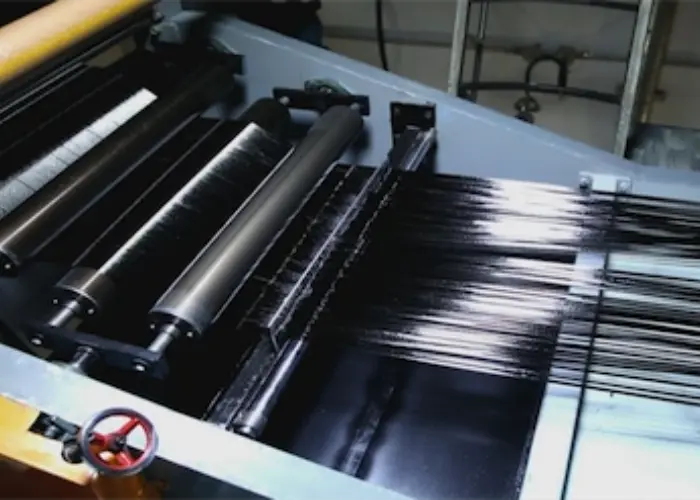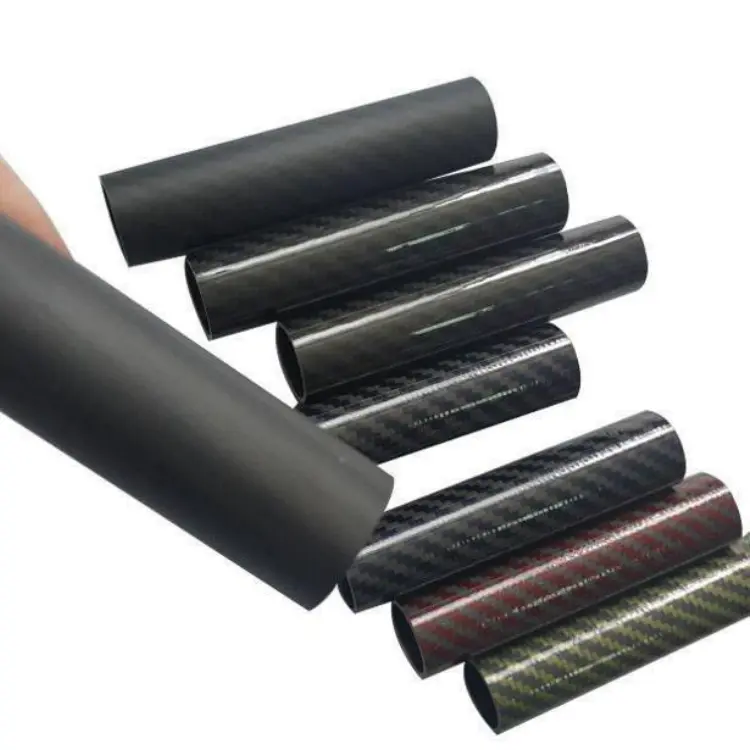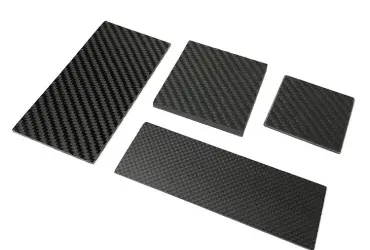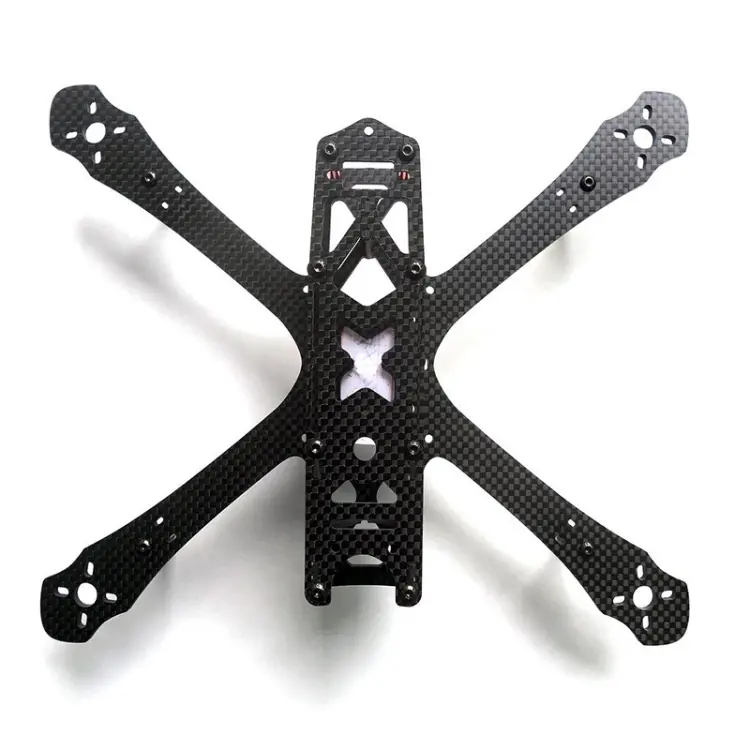Carbon Fiber Fabric VS Prepreg
— Complete Guide to Material Choice & Layup Techniques
1. One‑Sentence Distinction
- Carbon Fiber Fabric (Dry Fabric): Unimpregnated cloth that requires on‑site hand lay‑up or vacuum infusion; highly flexible and low material cost.
- Prepreg: Partially cured, factory‑impregnated fiber tape; precise resin content, high performance, but narrower processing window.
2. Performance & Process Comparison
| Dimension | Dry Fabric | Prepreg |
|---|---|---|
| Resin Content | Field‑controlled, typically 38–45 % | Factory‑controlled 30–40 %, uniform distribution |
| Mechanical Properties | Medium; dependent on lay‑up quality | High; fewer defects, stable fiber volume fraction |
| Lay‑up Freedom | High; cut and splice freely | Moderate; cold storage, requires tempering before cutting |
| Conformability | Must brush resin manually; prone to bridging | Self‑tacky; softens with hot air for excellent drape |
| Cure Cycle | Room temp → 80 °C oven | 120–180 °C autoclave / compression mold / vacuum bag |
| Equipment Needed | Brushes, rollers, vacuum bag | Autoclave/oven, vacuum system |
| Cost Profile | Low material cost, high labor cost | High material cost, low labor; cost‑neutral at scale |
| Typical Applications | Structural retrofits, models, small batches | Aerospace components, automotive structures, high‑end sports gear |
3. Choosing the Right Material
- Budget‑sensitive & simple geometry: Choose dry fabric
- Performance‑ or weight‑critical: Choose prepreg
- Large panels or complex curves: Mix UD prepreg with woven prepreg
- Rapid in‑field repairs: Use dry fabric + fast‑cure epoxy

4. Six Essential Lay‑Up Tips
- Match Fiber Direction to Loads
- 0° for primary tension/compression
- ±45° for shear/torsion
- 90° to prevent Poisson cracking
- Dry‑Fabric Wet‑Lay Method
- Brush resin on each fabric layer, roll out air bubbles
- Offset successive plies by ≥ 20 mm to avoid stress concentrations
- Prepreg Lay‑Up
- Temper out of cold storage for 2 h to avoid moisture condensation
- Use 60 °C hot air at corners to prevent bridging
- Gradient Thickness Transitions
- Employ tapered‑ply drops + staggered layering; thickness gradient ≤ 1:20
- Cure Control
- Dry fabric: vacuum bag at 0.08 MPa, 80 °C for 2 h
- Prepreg: autoclave at 0.6 MPa, 120 °C for 1 h + 180 °C for 2 h
- Quality Inspection
- Dry fabric: tap test + A‑scan ultrasound
- Prepreg: C‑scan + industrial CT, void content < 1 %
5. Practical Selection Flowchart
- Define load requirements
- Assess geometry complexity
- Determine production volume
- Set performance targets
- Establish budget
→ Output: Dry Fabric / Prepreg / Hybrid + detailed lay‑up schedule
6. One‑Line Summary
For flexibility and cost‑efficiency, choose carbon fiber dry fabric; for ultimate performance, choose prepreg. Master the three steps—fiber orientation, thickness gradient, and controlled cure—and unlock the full potential of both materials.





